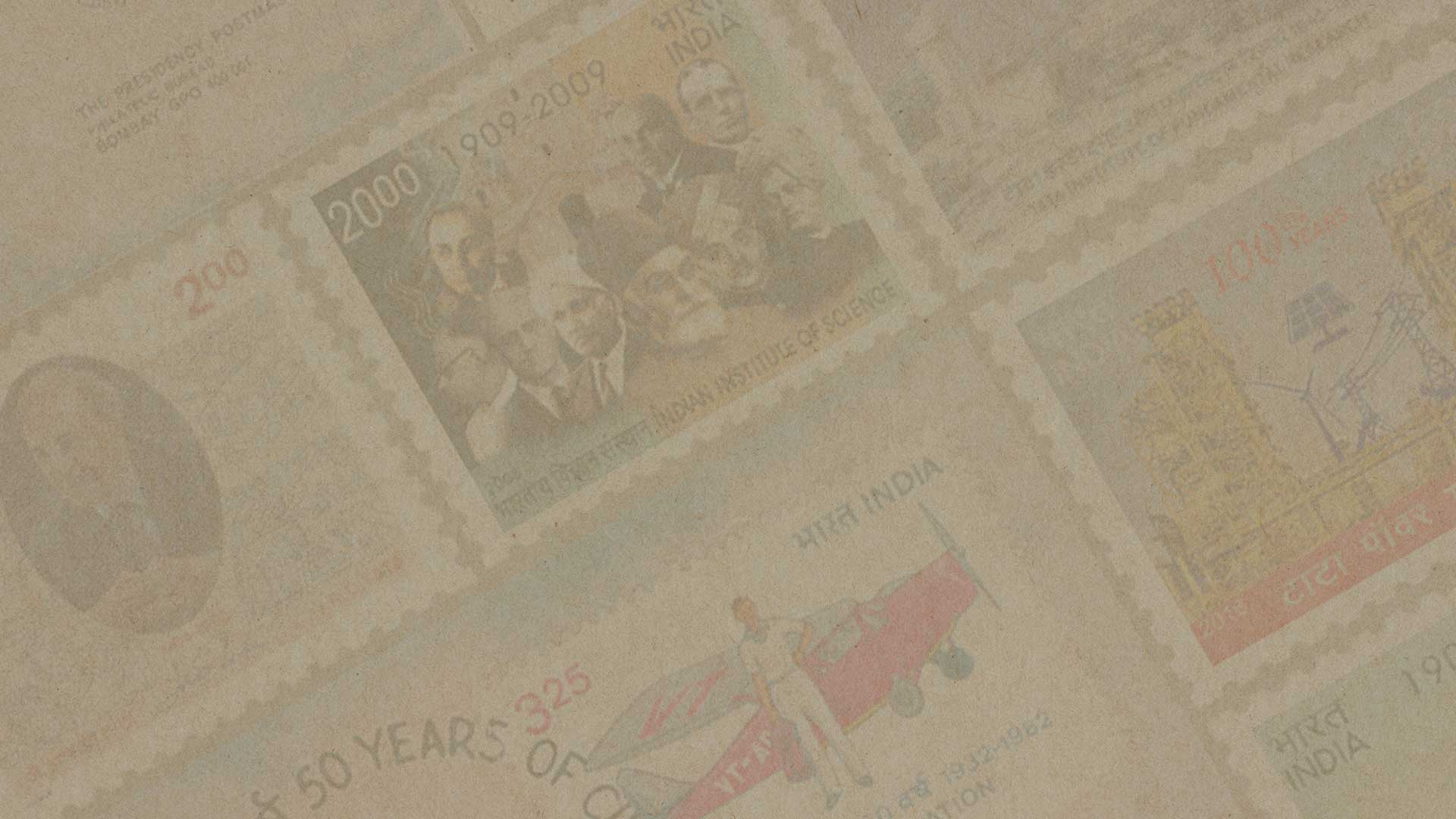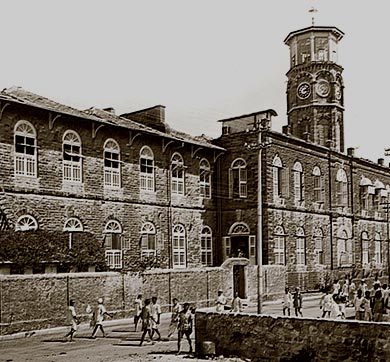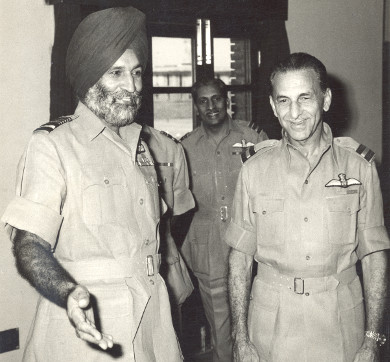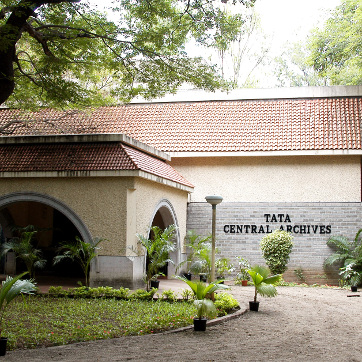April 2020 | 574 words | 2-minute read
The noted English poet WB Yeats said, “Designs in connection with postage stamps and coinage may be described, I think, as the silent ambassadors on national taste.”
By that definition, the Tata group and its stalwarts have been honoured by the nation with the issue of several commemorative postage stamps during the group’s more than 150-year-old history.
Paper ambassadors
A stamp is a small adhesive piece of paper affixed to a letter or parcel to indicate the fact that postage has been paid. The measure of a stamp, however, is not limited to its utility.
The design or picture on the stamp signifies the tangible things and intangible ideas to which a nation ascribes value — its history, architecture, nature, heritage and culture, and the achievements of its greatest citizens. To that extent, postage stamps are paper ambassadors, spreading the values of a nation to the furthest corners of the globe.

In the days when postal communication held sway, philately was a collector’s passion; and a stamp was a visual and tactile treat. In the digital era, the demand for postal services has dwindled around the world; but the stamp is still recognised as a mark of honour.
Types of stamps
Postage stamps issued by the Department of Posts, Ministry of Communications, Government of India, have been one of three broad types: definitive, commemorative and se-tenant stamps.
Definitive stamps, based on themes, are used for everyday postage purposes; they are available in various denominations to cover various postal rates and services.
Commemorative stamps are issued to commemorate important national and international events, personalities in the fields of sports, science and technology, arts and crafts, and public affairs. They also showcase aspects of nature, beautiful or rare flora and fauna, environmental issues, national or international issues, games, etc.
Printed in limited quantities, these stamps are only available at Philatelic Bureaus and under the Philatelic Deposit Account Scheme. It is in the series of commemorative stamps that the Tata group’s contribution to the nation has largely been given its due.
Se-tenant stamps consist of two stamps issued together as part of a theme. In 2008, stamps issued on the Indian Institute of Science were se-tenant.
Release of commemorative stamps
In 1970, the Tata group hosted the formal release of a commemorative stamp on the birth bicentenary of the great German composer and pianist, Ludwig van Beethoven. At a function held at the National Centre for the Performing Arts (NCPA) in Mumbai, the stamp — issued by the Indian Posts and Telegraphs department — was formally released by the then union minister of state for communications, Prof Sher Singh.
Speaking at the event, Mr JRD Tata, then chairman of the NCPA, said, “… our stamps, these very lovely stamps, will go all over the world and show that India has paid her tribute to the memory of Beethoven.”
Five years later in 1975, NCPA played host to the public release of the official commemorative postage stamp and exhibition of engravings and photographs of the Sistine Chapel on the quincentenary of Michelangelo. This was also the first quadruple stamp ever issued in India, and it features the two Sistine Chapel frescoes, the creation of the sun, moon and planets and the creation of man.
The then NCPA trustee-in-charge Dr Jamshed Bhabha had personally initiated the postage stamp proposal and helped in the design of the stamps and the first-day cover. He was also instrumental in getting the transparencies from the Vatican.
—Cynthia Rodrigues
Photographs courtesy Tata Central Archives













